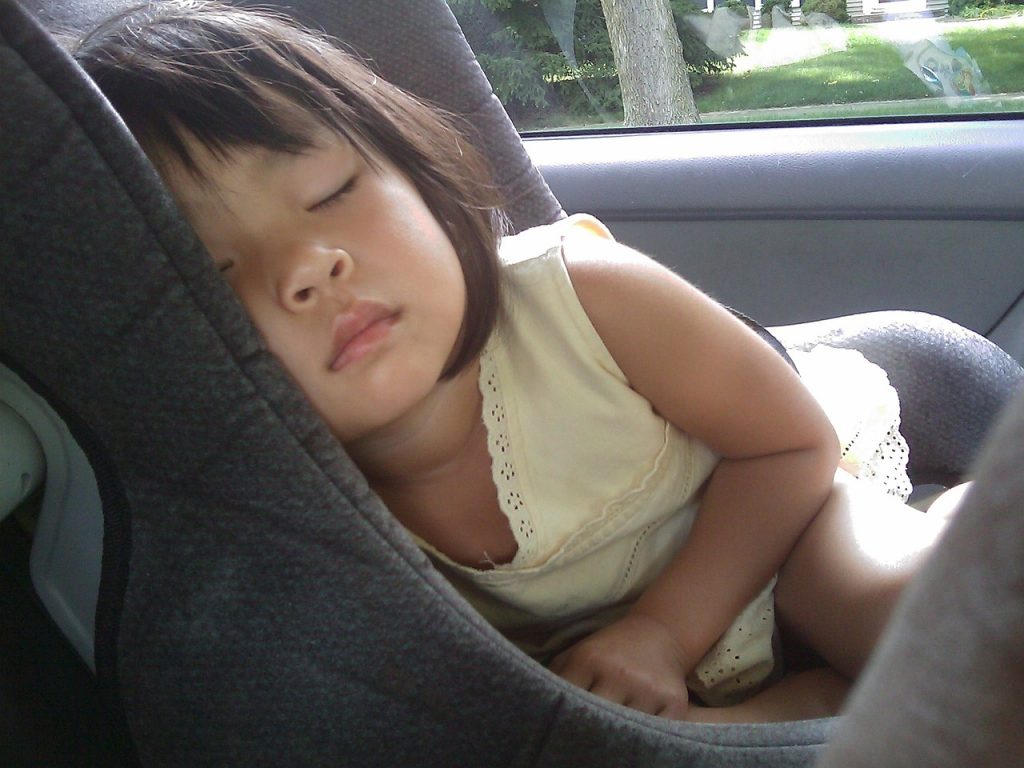Child safety is paramount, and one of the most crucial aspects of it is installing child seats correctly in vehicles. However, the process can be tricky, and many parents and caregivers often make mistakes unknowingly. In this comprehensive guide, we’ll walk you through the common mistakes to avoid when installing child seats to ensure your little ones travel safely. Let’s dive in!

1. Not Reading the Manual: The Fundamental Error
One of the most fundamental and yet commonly overlooked mistakes is not reading the child seat manual thoroughly. Every child seat is unique, and the manufacturer provides specific guidelines for installation and usage. Ignoring these instructions can lead to improper installation and, consequently, compromised safety.
Key Point: Always start by reading the manual from cover to cover. It’s your roadmap to correctly installing the child seat.
2. Incorrect Positioning: Where to Place the Seat Matters
Another mistake parents often make is placing the child seat in the wrong position in the car. The safest place for a child seat is in the rear seat, away from the airbags. Placing it in the front seat, especially if it’s a rear-facing seat, can be dangerous if an airbag deploys.
Key Point: Remember, the backseat is the safest spot for your child’s car seat.
3. Loose Straps: The Danger of Slack
Loose straps are a common mistake that compromises the effectiveness of a child seat. Straps should be snug, with no more than one finger’s width of slack. Loose straps can lead to a child being ejected from the seat during a collision.
Key Point: Always make sure the straps are tightened properly. It’s better to be too snug than too loose.
4. Wrong Harness Height: Adjusting for Your Child’s Size
Child seats come with adjustable harness heights to accommodate children of different sizes. Many parents forget to adjust the harness to the appropriate height, resulting in an ill-fitting and unsafe seat.
Key Point: Ensure the harness is at the correct height – snug and secure but not digging into the child’s shoulders.
5. Skipping the Safety Check: Always Double-Check
After you’ve installed the child seat, it’s essential to perform a safety check. This step is often skipped due to haste or overconfidence. However, a quick check can make all the difference in ensuring your child’s safety.
Key Point: Take a few extra minutes to double-check the seat’s installation, straps, and harness before every trip.
6. Using Expired Seats: Why Expiry Dates Matter
Child seats come with expiry dates for a reason. Over time, the materials can degrade, compromising the seat’s integrity. Using an expired seat is risky and should be avoided at all costs.
Key Point: Always check the expiry date on your child seat and replace it if it’s past its expiration date.
7. Not Securing the Seat Tightly: Shake Test Essentials
When installing a child seat, the “shake test” is a simple yet effective way to check if it’s properly secured. If the seat wobbles or moves more than an inch in any direction, it’s not secure.
Key Point: After installation, perform the shake test to ensure the seat is firmly in place.
8. Facing Forward Too Soon: Rear-Facing Benefits
Transitioning your child to a forward-facing seat too early is a mistake many parents make. Rear-facing seats are designed to protect the neck and spine, making them the safer option for infants and young toddlers.
Key Point: Keep your child in a rear-facing seat for as long as possible, following the manufacturer’s guidelines.
9. Adding Extra Padding: The Myth of Comfort
While extra padding might seem comfortable, it can actually be dangerous. It can compress during a crash, creating space between the child and the harness, increasing the risk of injury.
Key Point: Stick to the manufacturer-provided padding and avoid adding extra cushions or padding.
10. Mixing Child Seat Types: Stick to One Type
Using different types of child seats for the same child can lead to confusion and errors in installation. It’s best to stick to one type of seat until your child outgrows it.
Key Point: Consistency is key. Stick with one type of child seat until it’s time to transition to the next stage.
Conclusion
Ensuring the safety of your child while traveling in a vehicle is a responsibility every parent should take seriously. By avoiding these common mistakes when installing child seats, you can significantly reduce the risk of injury in case of an accident.
Now, let’s address some frequently asked questions about child seat installation:
FAQs
- Is it necessary to buy an expensive child seat for safety?
- No, expensive doesn’t always mean safer. What matters most is proper installation and compliance with safety standards.
- Can I use a second-hand child seat?
- It’s not recommended unless you are absolutely sure of its history and it hasn’t expired.
- When should I switch from a rear-facing to a forward-facing seat?
- Follow the manufacturer’s guidelines, but the general recommendation is to keep your child rear-facing as long as possible within the seat’s weight and height limits.
- Are there any alternatives to using a child seat?
- Child seats are the safest option, but if you must use an alternative, ensure it complies with safety standards and is suitable for your child’s age and size.
- What do I do if I’m unsure about the installation of my child seat?
- Seek help from a certified child passenger safety technician. They can ensure proper installation and answer any questions you have.
By addressing these common mistakes and following safety guidelines, you can provide your child with the protection they need while traveling in a vehicle. Remember, it’s not just about having a child seat; it’s about using it correctly to ensure your little one’s safety.







